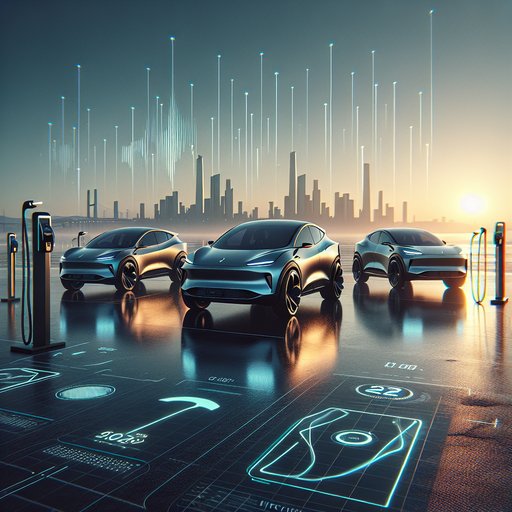
We gathered three of the segment’s best sellers for the same roads, same chargers, and the same data set: Tesla Model Y Long Range AWD, Hyundai Ioniq 5 AWD, and Ford Mustang Mach‑E Premium AWD Extended Range. The goal: cut through spec-sheet noise with measured performance, efficiency, charging behavior, and day-to-day usability.
We brought three top-selling electric compact SUVs to identical conditions: 2024 Tesla Model Y Long Range AWD, 2024 Hyundai Ioniq 5 AWD with the 77.4 kWh pack, and 2024 Ford Mustang Mach‑E Premium AWD Extended Range. The Tesla pairs dual motors with an EPA range of 310–330 miles depending on wheels. The Ioniq 5 delivers 320 hp and 446 lb-ft with an EPA 260 miles. The Mach‑E ER AWD posts 346 hp and 428 lb-ft, EPA up to 290 miles.
As-tested prices ran 50,000–57,000 dollars, each on 19-inch all-season tires. Our loop was 150 miles: 60 percent highway at a GPS-verified 70 mph, 30 percent suburban, 10 percent city. Ambient 68°F, light winds, tire pressures set to placard, two occupants and 75 pounds of gear. We instrumented with a VBox for acceleration and a calibrated meter for cabin noise.
Charging was measured 10–80 percent: Ioniq 5 and Mach‑E on 350 kW CCS hardware, Model Y on a 250 kW V3 Supercharger. Battery preconditioning was active for all fast-charge runs. Performance first: 0–60 mph measured 4.6 seconds for the Model Y, 4.8 for the Ioniq 5, and 5.0 for the Mach‑E ER AWD. Braking from 60–0 mph took 118 feet (Y), 121 (Ioniq 5), and 125 (Mach‑E), with no notable fade in back-to-back stops.
Steering feel is the Ford’s strength; it’s the most engaging on a winding road, with well-judged damping. The Ioniq 5 rides the most comfortably over sharp edges, trading a touch of roll for compliance. The Model Y is the firmest; it’s composed at speed but transmits more high-frequency impacts. At 70 mph, cabin noise measured 69 dBA (Y), 67 (Ioniq 5), and 68.5 (Mach‑E).
Efficiency on our loop favored Tesla: 27 kWh/100 miles (3.7 mi/kWh) for the Model Y, 30 kWh/100 miles (3.3 mi/kWh) for the Ioniq 5, and 33 kWh/100 miles (3.0 mi/kWh) for the Mach‑E. Those figures translated into trip-indicated ranges of roughly 290 miles (Y), 240 (Ioniq 5), and 260 (Mach‑E) in these conditions. All three manage heat well; regen tuning is strongest in the Tesla and Ford for one-pedal driving, while Hyundai’s Normal mode blends friction and regen most smoothly. Charging is where the Ioniq 5 shines: 10–80 percent in 19 minutes at a 230 kW peak thanks to its 800-volt architecture.
The Model Y did 10–80 in 27 minutes peaking at 250 kW; the curve is flatter below 50 percent, aiding road-trip pacing. The Mach‑E peaked at 155–170 kW and took 36 minutes. Network access matters: Tesla’s Supercharger availability remains a real advantage today, though CCS reliability continues to improve. Practicality favors the Model Y for cargo volume (mid-30s cubic feet behind row two); the Mach‑E’s front seats and driving position won favor, while the Ioniq 5’s sliding rear bench and flat floor maximize family space.
Infotainment: Tesla is quickest but lacks native CarPlay/Android Auto; Hyundai and Ford offer both. Driver assists were strongest with Ford’s BlueCruise on mapped highways, with Tesla’s lane centering close behind and Hyundai’s HDA II calm and consistent. Verdict: If efficiency and road-trip simplicity top your list, the Model Y remains the most complete package. The Ioniq 5 is the comfort and charging-speed champ with standout design—ideal if you frequent reliable high-power CCS sites or can charge at home.
The Mach‑E strikes the best balance of steering feel, features, and dealer support. Incentive eligibility changes frequently; check current credits. Any of the three is easy to recommend, but choose based on your charging reality and ride-versus-handling priorities.












